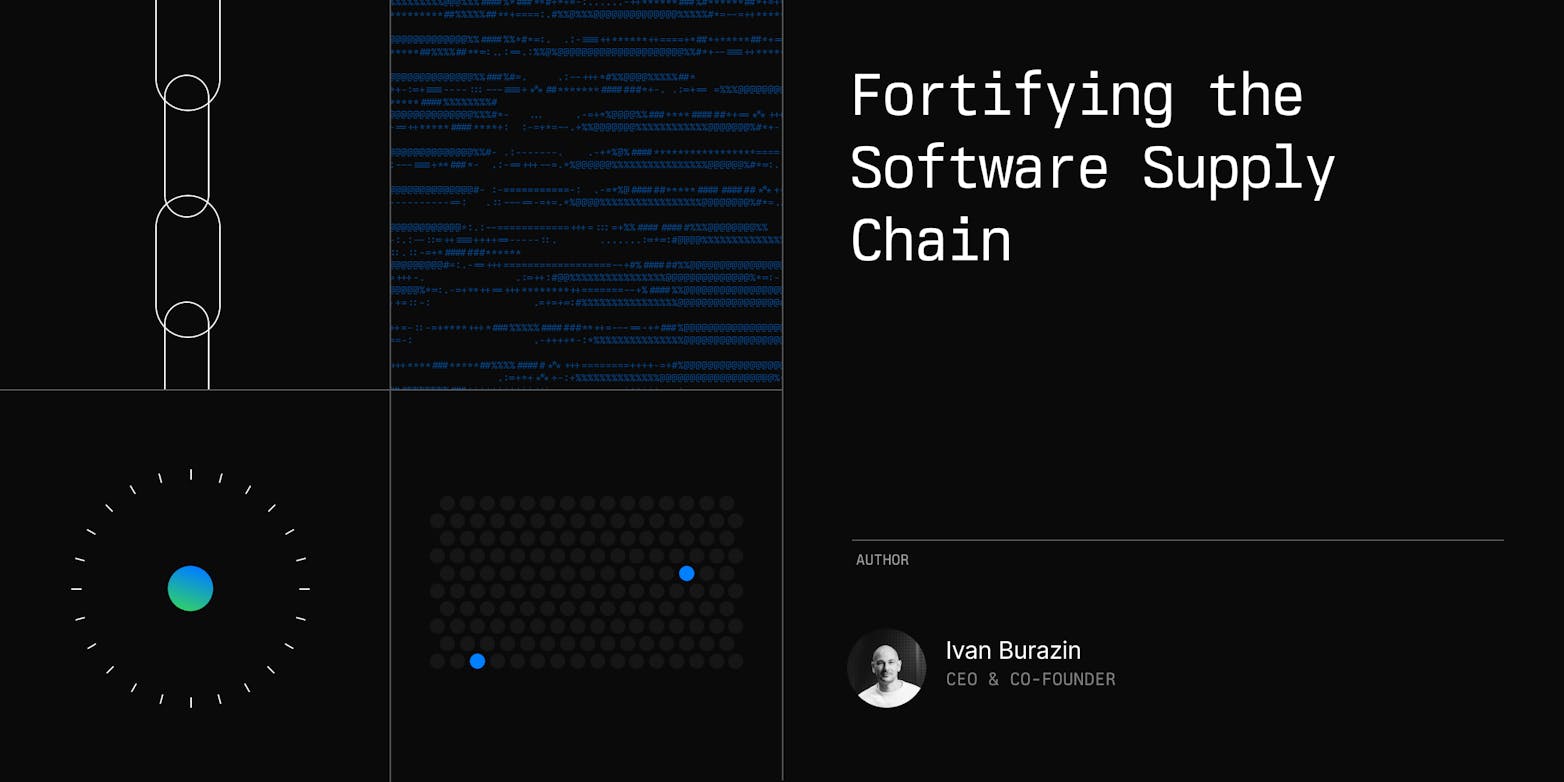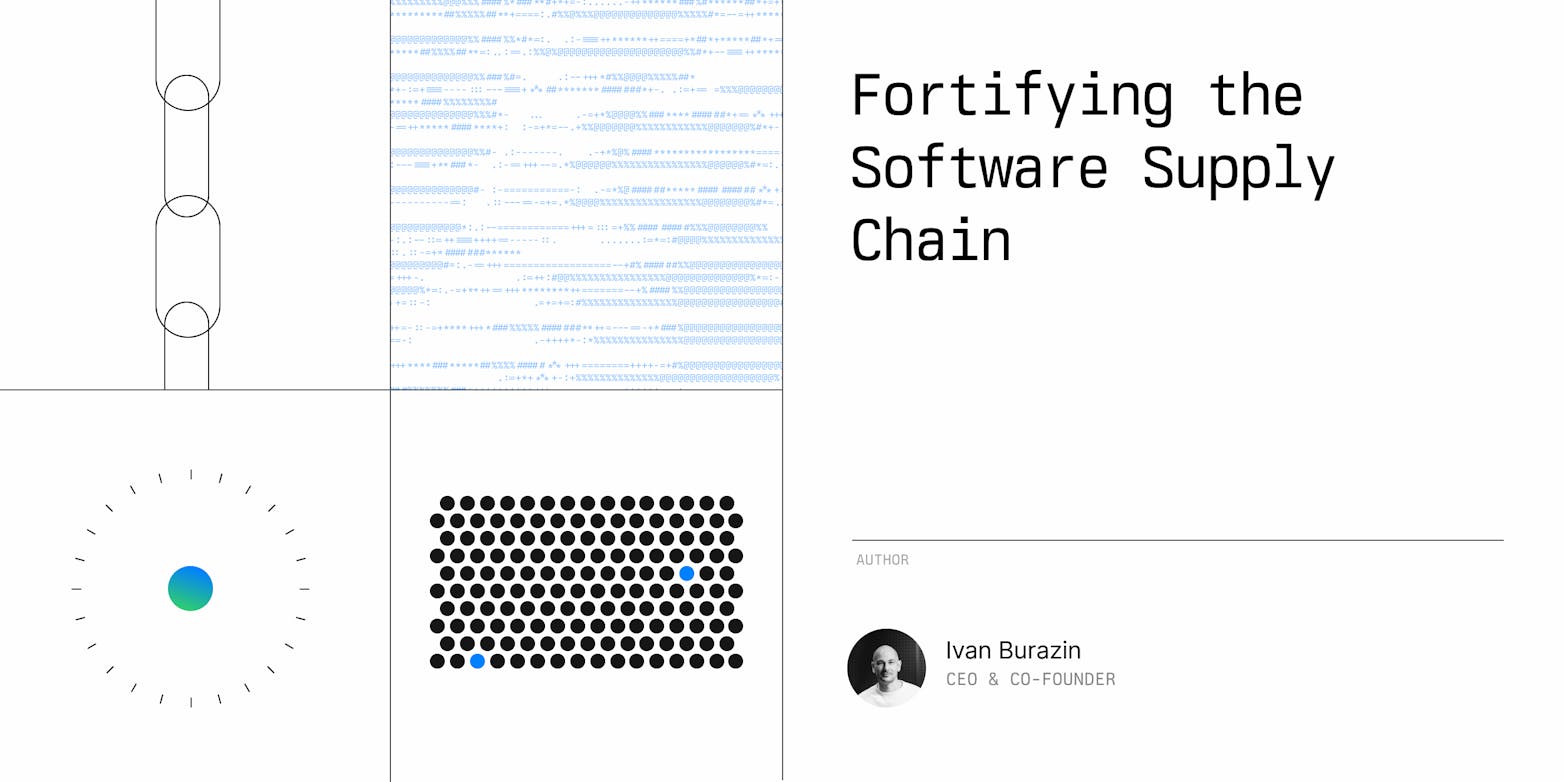Over my six or seven years working on various developer products, I've frequently partnered with internal platform teams to build tools catered to their needs. My journey has taken me from the Wikimedia Foundation to startups and now Spotify, where I work on the Backstage, Spotify's homegrown developer portal that was donated to the CNCF and adopted by Netflix, Splunk, Booz Allen Hamilton, and Fortune 500s.
Throughout this experience, I've witnessed the frustrations that arise from misalignments between development environments and production reality. This article goes into practical strategies and emerging technologies to enable seamless software development environments that enhance velocity without disrupting quality.
Software development is an intricate balancing act. Teams aim to deliver innovative products quickly without compromising stability or quality. Continuous technological advancements lead to a persistent need to speed up the frequency of product releases. However, a critical bottleneck persists in bridging the gap between development environments and production reality. This disconnect results in friction that slows down deployments, increases bugs, and hampers developer productivity.
TL;DR
Bridging development-production gap enhances quality and speed.
Cloud environments, IaC, and ephemeral setups improve alignment.
Challenges include costs and adoption, but benefits are substantial.
The Gap Between Development and Production
The journey of a software product from initial coding to customer delivery involves several complex stages. Developer writes new features and fixes locally before committing changes to a shared codebase. Integration testing validates different modules interact properly. Various quality checks scan for bugs and performance issues. Release candidates get deployed first in staging environments to catch problems. Finally, the thoroughly vetted changes reach production and end users.
This elaborate sequence inherently creates disconnects between the controlled local development experience and the real-world variables of production. Developers enjoy freedom to experiment rapidly on their machines. But transforming local changes into robust production-grade code requires extensive coordination. Mixing these disconnected contexts often surfaces inconsistencies and incompatibilities. Features functioning flawlessly locally might break in staging. Code depending on mock data crashes when real usage patterns differ. Extensive rework and troubleshooting during release cycles delay deployments.
Real-World Challenges
In a previous role, our team encountered these problems firsthand while building an API platform for internal clients. We gathered requirements from stakeholders, designed interfaces on our laptops, and aligned mocks to specs. Developers on other squads then implemented clients based on prototypes we shared. However, myriad issues surfaced once their code integrated with the real APIs in staging. Our local mocks lacked key behaviors or used different data shapes. Client code made assumptions that the final APIs violated. We entered lengthy back-and-forths to debug and stabilize, resulting in prolonged cycles to production.
This experience highlights the cascading consequences of misalignment across the software lifecycle. When developers operate in isolated local environments decoupled from shared realities, integration issues become almost inevitable. Even extensive planning and communication cannot prevent surprises once realities intersect. The resulting context switching disrupts developer flow states. Ultimately, the gap between development and production manifests in slower delivery velocity, frustrating rework, and reduced innovation pace.
Emerging Solutions
Recognizing these pain points, the industry is embracing new paradigms and technologies to bridge environments across the software lifecycle. While no singular solution exists, combining several approaches can significantly close the gap between development and production.
Cloud Development Environments
Cloud development environments (CDEs) aim to provide developers with an environment mirroring production as closely as possible. They spin up dedicated, preview environments to code against realistic dependencies instead of mocks. Changes get deployed to staging dynamically via automation. Collectively, these strategies shrink the gap between writing code locally and interfacing with production systems.
CDEs allow validating compatibility with API changes or data schemas instantly while coding. Instead of waterfall staging deployments, developers can continuously verify their changes will work as expected. Validation cycles compress from days to minutes. While challenges like replicating live data remain, CDEs circumvent many pain points that arise when realities finally converge.
Infrastructure as Code
Infrastructure as code (IaC) brings similar version control and collaboration benefits to managing environments as source code management did for application logic. IaC standards like Dev Containers allow programmatically defining development environments through template files. Developers can rebuild production-equivalent environments locally by checking out IaC templates from a central registry and applying them to spin up needed resources.
With IaC, inconsistencies stemming from configuration drifts and hidden dependencies are minimized. Entire software stacks get replicated consistently across the lifecycle. IaC also smoothes developer onboarding. Any local environment can spin up identically through code rather than complex manual installation steps. Teams avoid wasting time debugging issues caused by environment divergence rather than actual code defects.
Preview Environments
Preview development environments provide another bridge between local work and shared realities. These are fully functional, isolated environments that exist temporarily for a specific coding task. Developers can spin up a complete runtime with all production dependencies to quickly test fixes or features end-to-end without side effects. Once work concludes, the environment gets discarded without leaving lasting changes.
Preview environments enable experimentation that is otherwise difficult. Developers can take risks knowing environments will disappear entirely rather than destabilize shared staging systems. Bugs and failures are contained. If issues do occur in production, the same environment can be rebuilt as-is for troubleshooting. Preview environments encourage exploratory coding and bold ideas without lasting consequences.
Case Study: Spotify's Backstage
Spotify built Backstage - an open developer portal for managing infrastructure, services, pipelines, and metadata organization-wide. Backstage unifies all core infrastructure and services into re-usable building blocks that teams can easily configure locally for development needs.
Engineers clone Backstage service templates into their own microenvironment in the cloud. This environment is production-equivalent, granting access to shared data, pipelines, databases, and upstream dependencies. Changes get deployed back into the full Backstage ecosystem once ready. This brings production reality into local workflows early while still allowing experimentation in isolation.
Backstage demonstrates how an integrated platform can remove proxy services and mocked outputs. Developers work directly against production-destined services. But branching still permits rapid parallel development across teams. The key is providing a unified abstraction layer on top of infrastructure complexities.
Challenges and Considerations
While emerging solutions show immense potential, realistically adopting these paradigms has its own challenges. Organizations must evaluate trade-offs and plan execution carefully when implementing leading-edge processes.
Cost and Resource Allocation
Platforms like Daytona and Backstage require upfront investments. Creating production-grade infrastructure for every developer and ephemeral use case demands extensive cloud resources. The expertise needed to build and operate such systems also requires significant staffing investment. Larger organizations likely already operate at scale, but smaller teams may lack the resources to fully realize this vision.
Addressing these constraints, solutions could focus on maximizing resource sharing between environments instead of fully isolated ecosystems. Striking the right balance between complete fidelity and pragmatic utilization is key for viability. Incremental adoption starting with high-impact use cases helps prove value.
Adoption and Change Management
Even with sufficient resources, people challenges can hinder adoption. Entrenched developer habits resist change, sometimes warrantedly due to previous failed experiments. Transitioning organizations from ad hoc practices to standardized platforms generates friction. Developer experience dissatisfaction risks adoption failures.
Careful change management and inclusive design are required to navigate this resistance. Soliciting frequent feedback and co-creating solutions with developers diffuses backlash. Extensive documentation, training, and support ease onboarding. Starting with non-disruptive pilots in volunteer teams garners buy-in before organizational rollouts. Leadership alignment and clear communication of the long-term vision help overcome inertia.
The Path Forward
While substantial obstacles exist, the potential benefits of aligning software development environments outweigh the struggles. Eliminating late-stage surprises during releases translates directly into bottom-line savings, given the costs of delays. Increased deployment velocity enables faster delivery of customer value. Reduced rework frees up capacity for innovation. Ultimately, developers happier in their workflows are more engaged and productive.
The solutions explored in this article represent the vanguard in enabling organizations to realize these gains. No single breakthrough will instantly bridge the gap. Rather, steady progress on many fronts - improved abstractions, smarter automation, enhanced collaboration - compounds over time. Aligning developer realities with production is a monumental challenge, requiring continued imagination, ingenuity, and persistence. But pioneering teams like Spotify and innovative platforms like Daytona demonstrate promising future possibilities.
Within the inevitable constraints of technology and resources, one imperative remains clear. We must never stop striving to bridge the gap between developer potential and organizational achievement. The costs of stagnation are far steeper than the struggles for progress. With focused problem-solving and a culture of empathy, technology leaders can deliver better processes and tools to harmonize previously disparate development stages. When supported by flexible platforms that amplify their passion, developers will thrive free of bottlenecks. Streamlined environments fused across the lifecycle will accelerate the capacity to conceive, build, and deliver amazing new products that push the human experience forward.
Key Highlights
The gap between development and production environments causes delayed releases, increased bugs, and frustrated developers.
Cloud Development Environments (CDEs) closely replicate production conditions during coding.
Infrastructure as Code (IaC) manages environments through source code for consistency.
Preview environments enable isolated experimentation without lasting side-effects.
Integrated platforms like Spotify's Backstage and Daytona align developer realities with production.
Resource costs and change management challenges must be addressed thoughtfully.
Despite obstacles, aligning environments greatly benefits productivity, quality, and velocity.
Persistent innovation in processes, automation, and tooling will progressively bridge this gap.
Integrations with Daytona
As Backstage illustrates, management solutions like Daytona hold great promise to further this vision. Daytona's automated dev environment creation abilities can spin up instantly available clones with all dependencies. Remote team members can collaborate within the same environment through Daytona's interface. Sophisticated controls enforce policies and optimize resource usage across teams.
Daytona removes initial setup and configuration burdens. It standardizes environments across the organization while retaining team flexibility. Granular permissions balance governance needs with developer autonomy and productivity. Daytona-managed infrastructure integrated with platforms like Backstage enables aligning all phases of the development lifecycle.








